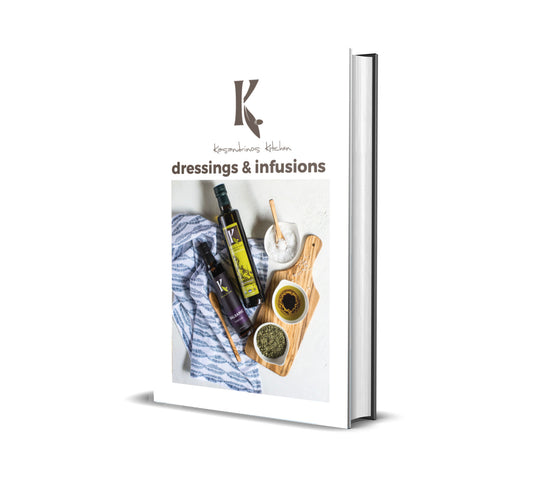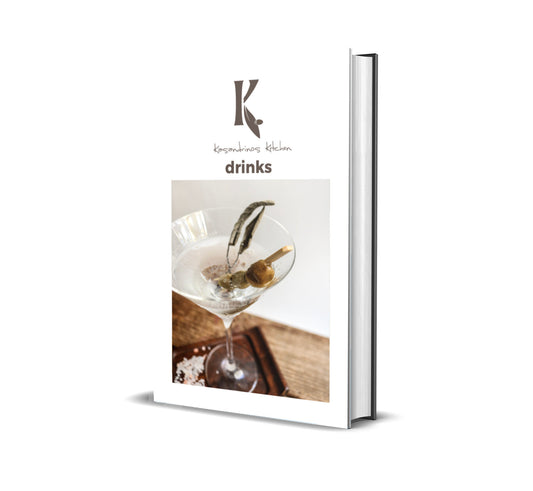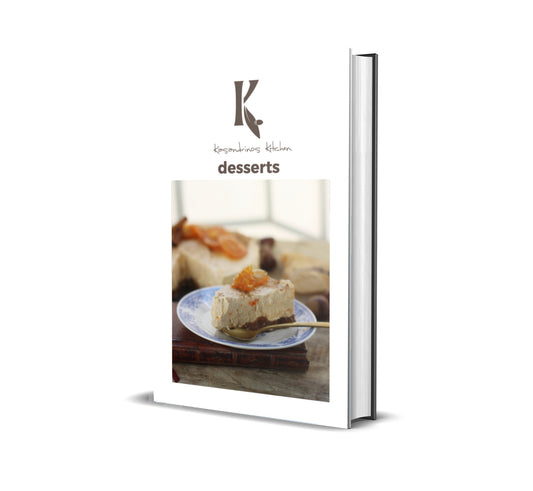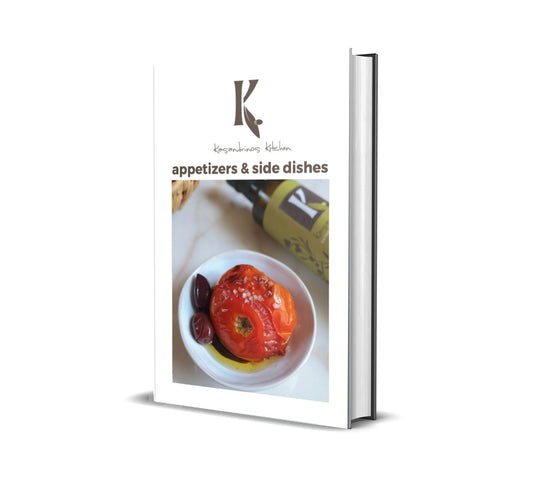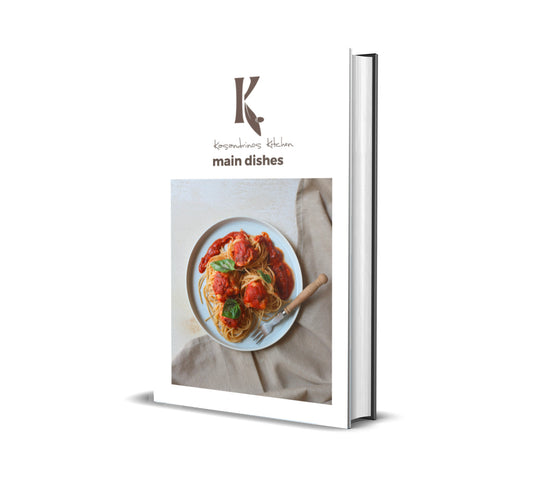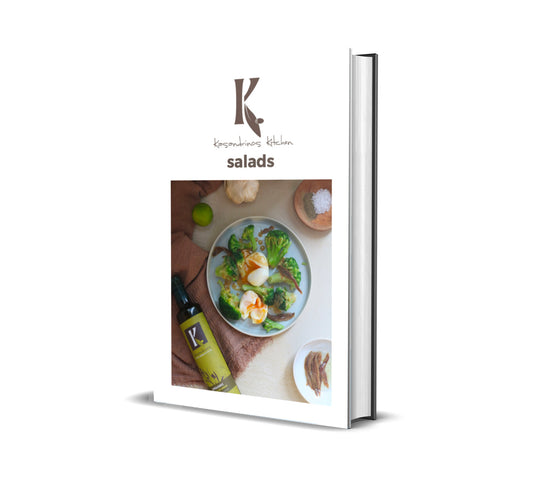Nice Pair! Delicious Olive Oil Pairings.
This guide will show you the steps on how to pair olive oil with various dishes to optimize your gastronomical experience and also guide you through the specific elements that you should look for in a recipe to make great pairings.
The basics are simple to grasp and fairly uncomplicated. What we are after is a balance of flavors and we can achieve that via either congruent pairings or contrasting pairings.
Congruent Pairings and Contrasting Pairings
Contrasting pairings means we are trying to fill in the gaps and complement the elements of the dish with contrasting factors that like yin and yang complete each other.
Congruent pairings are complementary flavors that work well together simply because they are similar in taste and don't overpower each other, achieving a harmonious result.
Olive Oil
Extra virgin olive oil has a range of delicate aromas, aftertaste, acidity, and color palette depending on freshness, quality, each area's climate, olives, harvesting methods, and production process. The more you dive into the olive oil world the more you get to identify the basic and more complex tastes in varying degrees depending on the qualities of olive oil. It’s a delicious learning process.
Pairings
Full-bodied Olive oil:
Robust, full-bodied olive oil has a bold and strong flavor that marries well with recipes that burst with intensity to wake up your taste buds.
Examples
Spicy recipes such as chilly and curry infused meals.
Tomato-based pasta sauces.
Stews and soups with garlic and bold vegetables.
Salads with a high content in bitter greens.
Grilled or roast meat.
Seafood meals such as seafood risottos or paella.
Mature/aged cheese and spicy deli meats
Medium Intensity Olive oil:
Medium intensity olive oil is relatively mild yet rich at the same time so it’s ideal for meals that call for an umami-like enhancement. They usually have a peppery finish which compliments sweet and fruity basic flavors.
Examples
Lamb recipes.
Chicken casseroles or chicken stews.
Simple vinaigrette dressings.
Fish soups, grilled fish, or fish pie.
White meat recipes.
Yogurt dips.
Green salads.
Summer vegetables, like eggplants, zucchini, and peppers.
Cocktails and drinks.
Delicate Olive oil:
Low-intensity olive oil is light and elegant, smooth, and subtle. Pairing it with recipes that need a dominant ingredient to stand out and make a statement is the way to go. It's perfect for baked goods and desserts as it adds a fruity and nutty aftertaste without overpowering the other sweet elements of the recipe.
Examples
Baked goods such as cakes and cookies.
Chocolate flavored recipes like mouse and puddings.
Egg-based recipes, like frittatas soufflé and omelets.
Delicate salad greens.
Mayonnaise.
Light soups for drizzling.
Smoothies and smoothie bowls.
Taste is a personal preference!
Once you master the basics and learn to identify the key elements of flavors you’ll probably feel the need to experiment further and take it to the next level. Which is perfectly normal and expected, as taste is a personal preference as we all perceive and examine it through our own personal prism. Get creative and break the rules! Make mistakes and learn what works for you. Try the same ingredients with different types and quantities of olive oil as a fun culinary experiment. The more you experiment the better you get at it! Let us know what your favorite combinations are and what makes them special to you! Do you have a favorite olive oil recipe from our collection? Let us know and we will be sending you more of what you like!
